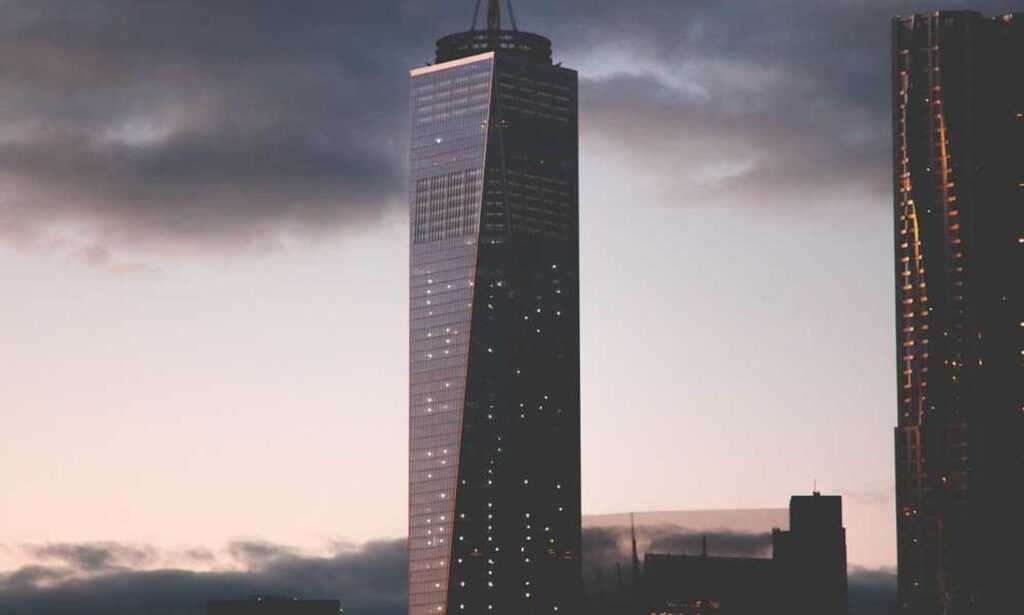What Exactly Is fotoaconpante?
At its core, fotoaconpante defies quick definition. You won’t find it in a traditional dictionary, and trying to translate it directly ends up being a dead end. It’s part idea, part movement, and part aesthetic. It often shows up in digital spaces—think social media or microblogging platforms—especially where creative minds trade in abstract visuals.
Whether it’s an image with deliberate asymmetry or a color palette that challenges harmony, fotoaconpante seems to represent a point of tension in beauty. Think of a wellcomposed photo that feels slightly off but more memorable because of it.
Origin and Digital Roots
Much like internet slang or memes, fotoaconpante wasn’t born from academia or branded campaigns. It grew organically online. Its early footprint was found in niche creative communities that blurred photography, design, and abstract thought. As platforms like Tumblr or Instagram matured, these creative outposts began tagging work with fotoaconpante to signal its shared vibe.
Over time, communities embraced the term as a banner for nontraditional imagery—works that reject symmetry, conventional framing, or unrealistic perfection. Now, it’s a microgenre of its own.
Beyond Aesthetics: The Function
What’s surprising is how fotoaconpante functions outside the internet bubble. Artists use it to show intentional imbalance. Marketers use it to stop doom scrolling in its tracks. Therapists have even started exploring it as a visual doorway for emotional processing—because not all feelings are neat, aligned, or framed right.
At first glance, fotoaconpante looks like just another trend. But its staying power comes from how deeply people connect with visuals that feel slightly “off” in a way that rings true.
Why It Works
Humans naturally look for patterns, symmetry, and harmony. When we see something that messes with that expectation—like a lopsided shadow or a slightly offcenter subject—it demands attention. It creates a pause.
This is the sweet spot fotoaconpante lives in. That subtle disruption pulls your focus. You want to figure it out, even if there’s nothing obvious to resolve. Like a beat skipped in a song that still sounds better because of it.
fotoaconpante in Practice
So how do you spot this concept in action? Here are a few patterns:
Unexpected Framing: The subject isn’t centered or is cropped in unusual ways. Muted Disruption: Colors are nearly complementary but just clash slightly. Raw Details: Things like grain, blur, or visual “noise” are left in on purpose. Deliberate Imperfection: The photo could be balanced or edited perfectly—but it isn’t.
You may not notice these elements on a conscious level, but your brain does, and it holds your attention just a little longer.
Creating Your Own fotoaconpante Moments
You don’t need expensive gear or a degree to create or recognize an instance of fotoaconpante. All it takes is awareness. Here’s how to bring that vibe to your own content:
Look for tension in your frame—snap the photo anyway. Break the rule of thirds occasionally. Let natural light create imbalances or shadows. Embrace minor flaws in postediting.
The goal isn’t chaos. It’s pushing slightly past the edge of perfect balance, enough to make someone stop and think.
The Audience for It
Some trends are so specific they alienate folks outside the loop. But fotoaconpante has a weirdly inclusive reach. It resonates with people who are tired of polished feeds and flawless aesthetics. It appeals to those who want more reality in their visuals—but not in a raw, unfiltered kind of way. This crowd enjoys imperfection when it’s subtle, smart, and intentional.
It’s also been adopted by designforward brands and artists who want to break format a bit—without losing aesthetic value.
Challenges and Misunderstandings
As with any abstract trend, fotoaconpante risks becoming a watereddown buzzword or a catchall. Not every tilted photo or poorly composed shot fits. It has to be deliberate. When people misuse the tag or mimic the appearance carelessly, it muddies the power of the original idea.
That’s also the downside of movements that grow organically. No guidebook. No rules. Only interpretation. Which can be freeing—or frustrating.
Why It’s Here to Stay
Despite being a niche idea, fotoaconpante taps into a timeless human instinct: the need for authenticity, even when it’s presented through artistic illusion. We’re conditioned to chase polished visual perfection. But fotoaconpante reminds us that elegance often lives in the unexpected.
It’s not about rejecting beauty; it’s about redefining it—quietly, intentionally, and without apology.
Final Thought
The world doesn’t need more perfect images. It needs more true ones. That’s at the heart of fotoaconpante. It’s a reminder that visual interest, like life, often lives in unexpected corners. Not always clean, but always felt.


 Trisha Toller – With a strong focus on responsible gambling, Trisha brings a balanced perspective to the blog. She provides practical advice on managing risk, setting limits, and ensuring that betting remains a fun and controlled activity. Trisha’s thoughtful approach helps readers find the right balance between the excitement of gambling and responsible play, offering strategies to enjoy betting without overextending themselves financially or emotionally.
Trisha Toller – With a strong focus on responsible gambling, Trisha brings a balanced perspective to the blog. She provides practical advice on managing risk, setting limits, and ensuring that betting remains a fun and controlled activity. Trisha’s thoughtful approach helps readers find the right balance between the excitement of gambling and responsible play, offering strategies to enjoy betting without overextending themselves financially or emotionally.

